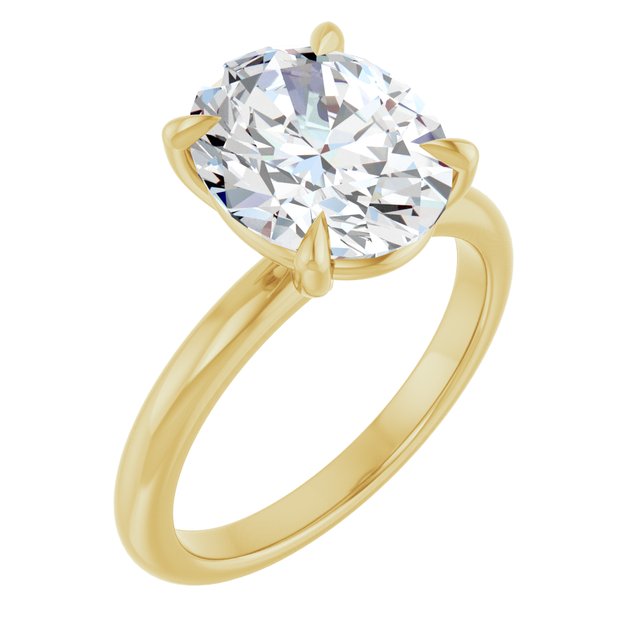Gold has long been admired—not just for its luster, but for what it represents. From status and wealth to love and spiritual protection, gold jewelry holds centuries of meaning across different cultures and civilizations. But how did it all begin? And how has its role evolved over time?
Let’s take a journey through time and discover the rich history of gold jewelry across cultures, from ancient Egypt to modern-day celebrations.
Ancient Egypt: Gold as a Divine Material
One of the earliest and most iconic uses of gold jewelry comes from Ancient Egypt. Egyptians associated gold with the sun god Ra and believed it was the skin of the gods. Reserved for royalty and high-ranking individuals, gold jewelry wasn’t just decorative—it had spiritual significance.
Intricate collars, amulets, and burial masks (like the famous mask of Tutankhamun) were crafted to protect the soul in the afterlife. Gold was also considered eternal and incorruptible, making it perfect for tombs and temples.
India: A Symbol of Purity and Prosperity
In India, gold has been woven into the cultural fabric for thousands of years. It’s not just jewelry—it’s tradition, investment, and spirituality all in one. Gold is believed to bring blessings and prosperity, which is why it plays a central role in weddings, festivals (like Diwali), and religious ceremonies.
Families pass down gold heirlooms for generations, often adorned with intricate designs and gemstones. In Indian culture, gold jewelry isn’t only about personal style—it’s deeply tied to identity, femininity, and social standing.
Ancient Greece and Rome: Status and Artistry
In Ancient Greece, gold jewelry symbolized wealth, power, and beauty. Inspired by nature, pieces often featured leaves, flowers, and animals. Women wore gold diadems, earrings, and necklaces as everyday adornments and for special occasions.
The Romans continued this trend, introducing refined metalworking techniques and more ornate styles. Gold was used to display one’s class—especially for senators, aristocrats, and military officers.
China: Harmony and Prosperity
Gold jewelry in China has traditionally symbolized wealth, happiness, and good fortune. During the Ming and Qing dynasties, beautifully detailed gold pieces were worn for weddings and gifted as dowries. Dragons, phoenixes, and other auspicious symbols were commonly engraved or molded into bracelets and pendants.
Even today, gold remains a core part of Chinese celebrations—especially during Lunar New Year and weddings, where 24K gold jewelry is gifted to symbolize everlasting wealth and harmony.
Africa: Power, Protection, and Heritage
Across African tribes, gold jewelry is more than ornamentation—it’s a reflection of power, spirituality, and cultural heritage. In Ghana, for example, the Ashanti kingdom has a long history of creating exquisite gold pieces using ancient casting methods.
Gold jewelry often carries protective or symbolic meanings, with designs that represent clan identity, personal achievements, or spiritual beliefs. Passed through generations, these pieces are a source of pride and historical continuity.
The Americas: Ritual and Identity
Before European contact, civilizations like the Aztecs and Incas were already mastering the use of gold. It was considered sacred and used in religious rituals, offerings, and royal attire. Unlike European societies, gold wasn’t necessarily a currency—it was a divine material tied to the sun and worshipped accordingly.
Jewelry included pendants, nose rings, and ceremonial headdresses—each telling a story of lineage, status, or religious duty.
Modern Era: Gold Jewelry in Contemporary Culture
Today, gold jewelry continues to evolve with fashion, technology, and global culture. From minimalist chains and stackable rings to bold statement pieces, gold remains a timeless favorite. While trends may come and go, the cultural and emotional value of gold jewelry endures across continents and generations.
In modern times, gold also symbolizes personal milestones—engagements, anniversaries, or simply self-expression. And with sustainable mining and lab-grown options on the rise, gold’s future is just as rich as its past.
Final Thoughts
The history of gold jewelry across cultures is more than a timeline—it’s a testament to humanity’s shared love for beauty, symbolism, and tradition. Every piece tells a story—of a culture, an era, or a personal legacy.
Whether you’re wearing a dainty gold bracelet or a bold vintage necklace, know that you’re part of a tradition that spans millennia.
Looking to add a timeless piece to your collection? Explore our curated selection of culturally inspired gold jewelry—each piece crafted to honor history and elegance.


